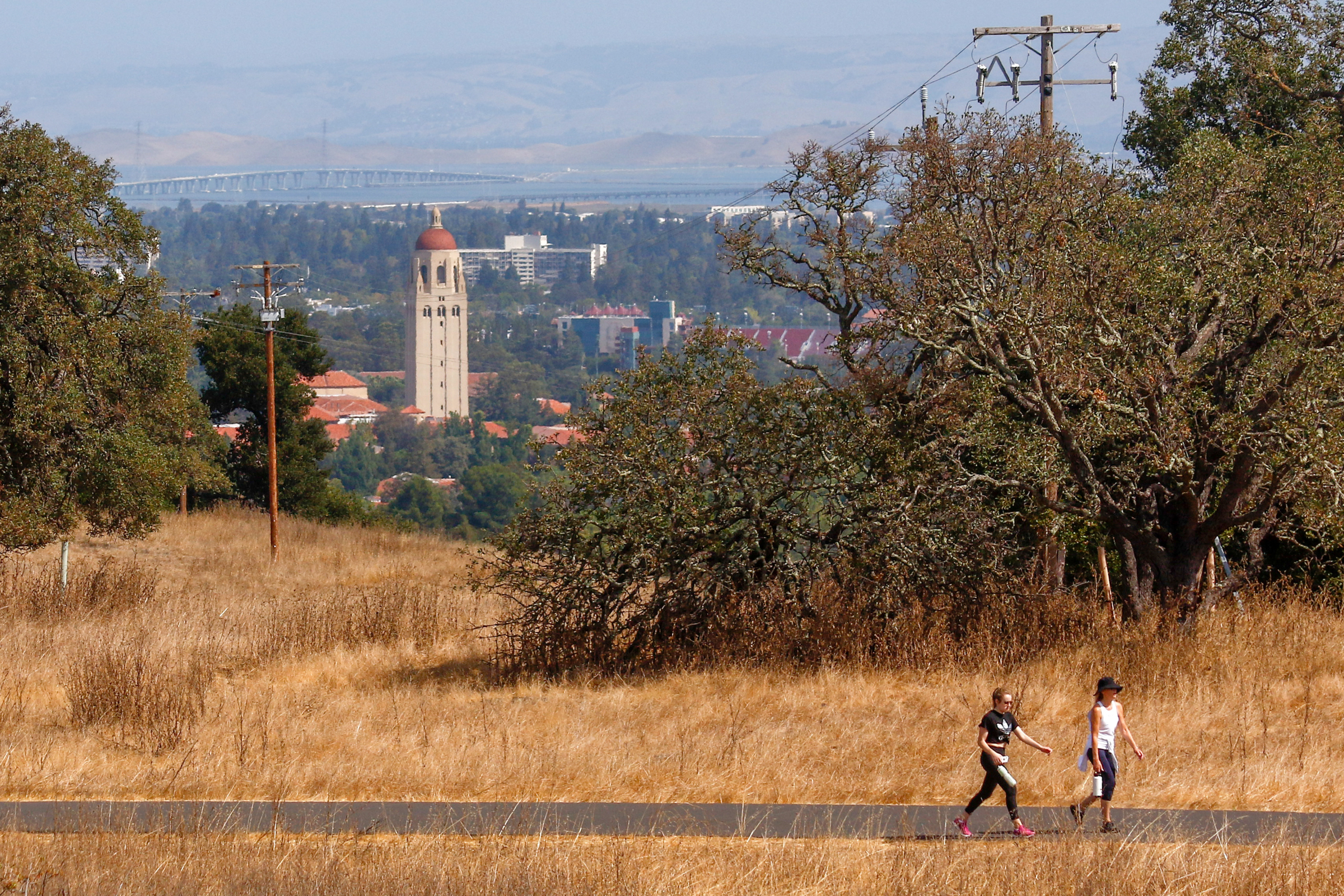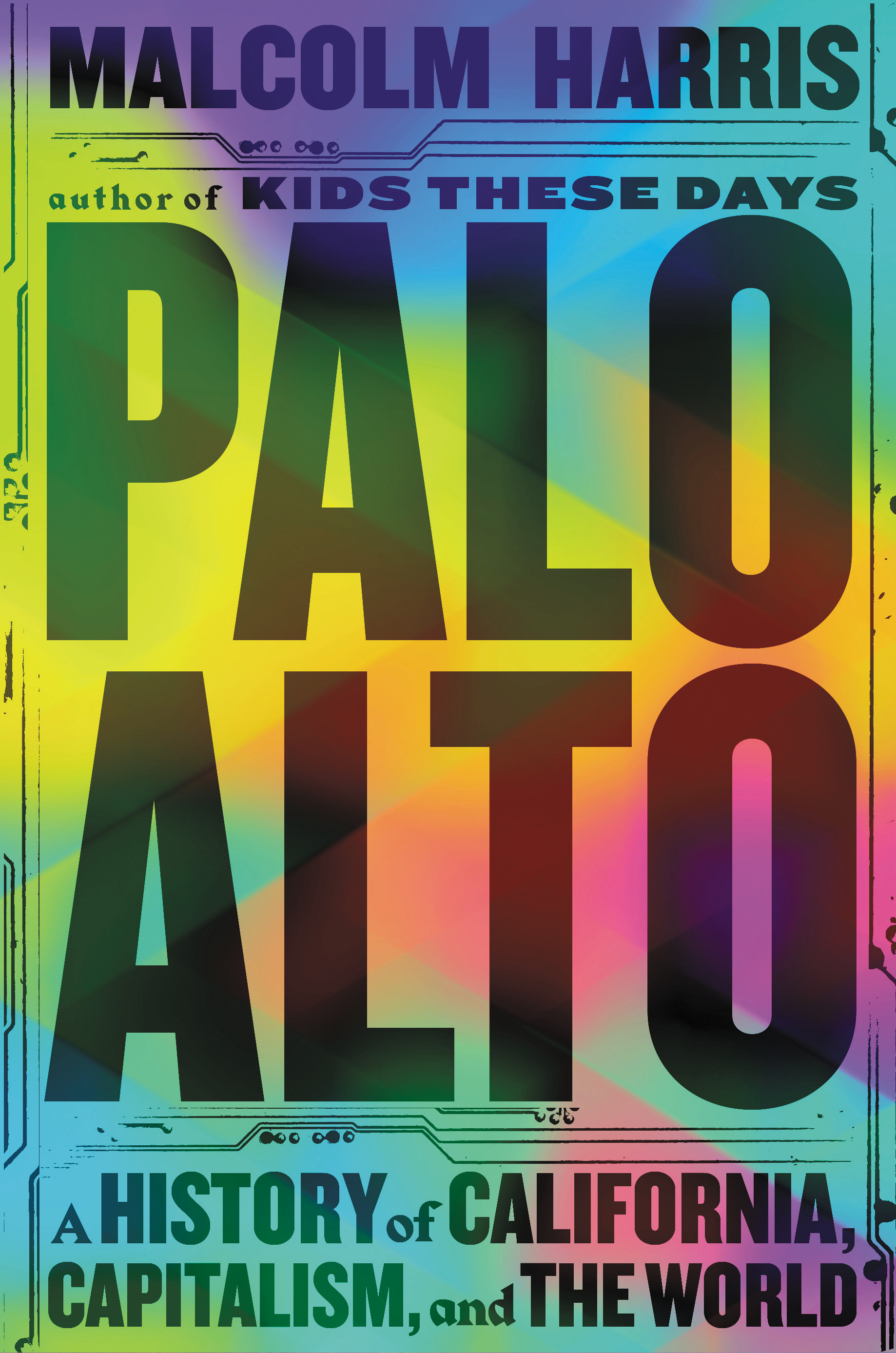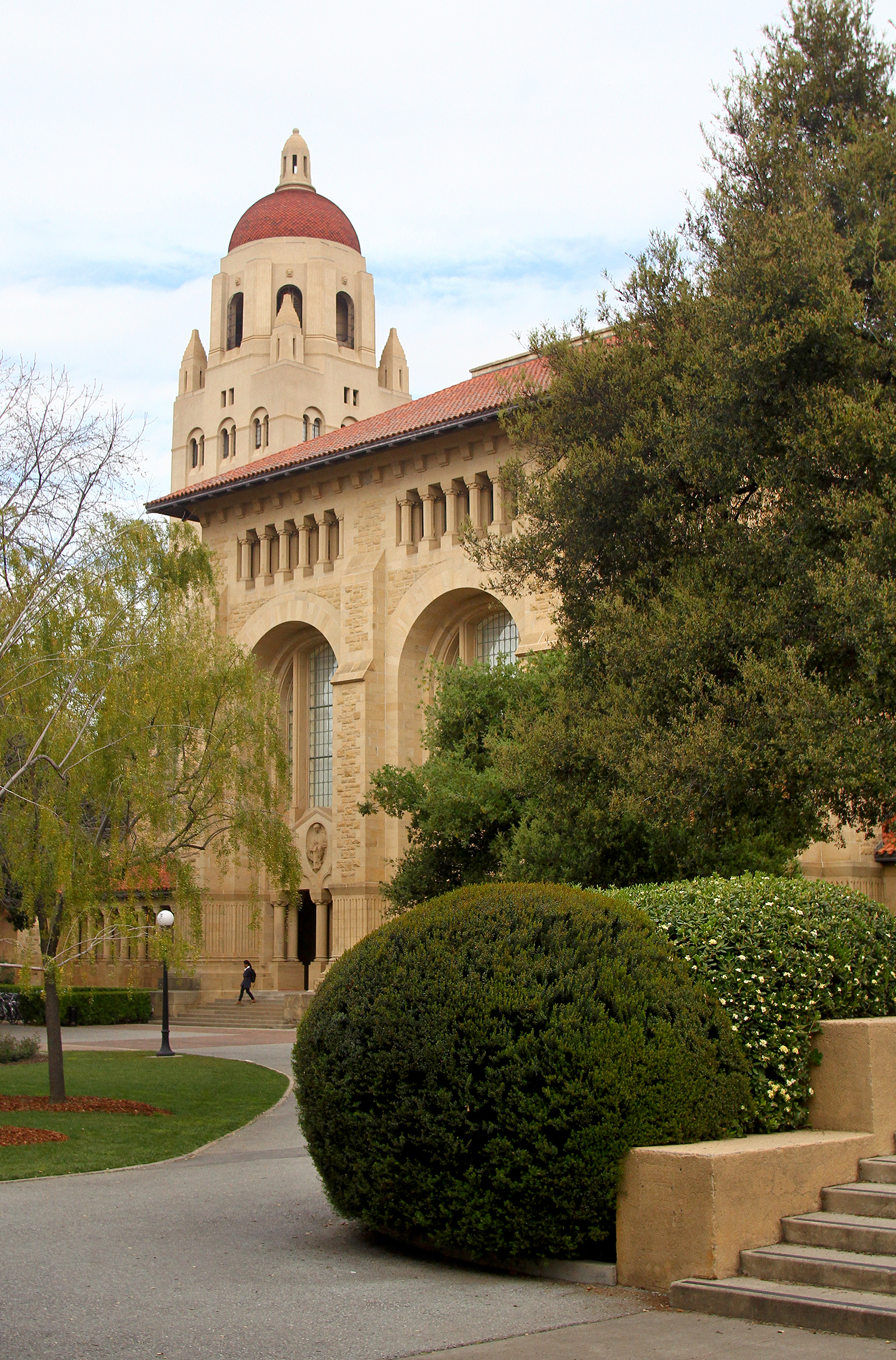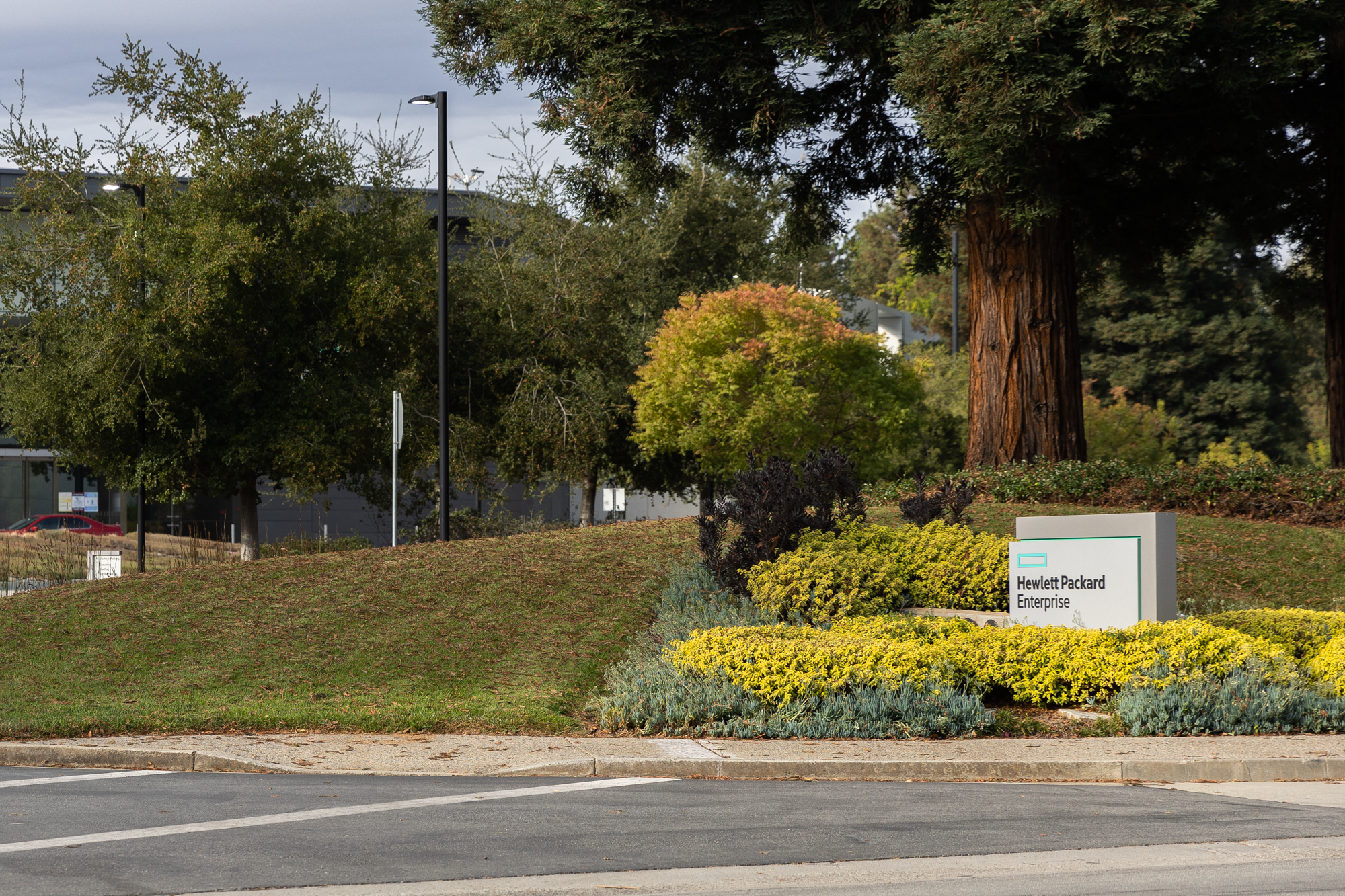Stanford University faced an unusual quandary in 1930, when students started complaining that their beds were too small to accommodate their growing frames.
According to a letter that students wrote to the editor of The Stanford Daily that year, at least 50 male students were over 6-feet, 2-inches tall and needed longer mattresses. The paper's staff followed suit with an editorial titled, "Give them Room."
Then, two decades later, it happened again, sparking the 1950 headline, "Towering freshmen overlap Encina beds," in the student publication. Stanford administrators examined students' height records and put in an emergency order for 7-foot beds.
In Malcolm Harris' expansive, engaging and explosive new book, "Palo Alto: A History of California, Capitalism, and the World," the image of Stanford racing to accommodate its influx of big, friendly giants serves as an apt metaphor for — and a direct symptom of — what he calls the Palo Alto System. Pioneered by Leland Stanford and refined over the years by the likes of Lewis Terman, Herbert Hoover, William Shockley, Jr., Steve Jobs and Peter Thiel, the system breeds ruthless efficiency, economic inequality, white supremacy, labor abuse and unspeakable wealth for those at the top. His book, which will be released on Feb. 14, describes Palo Alto as "the belly of the capitalist beast."
Harris, a critic of the capitalist order who was active in the Occupy Wall Street movement that began in 2011, is himself a product of the Palo Alto System, having spent the second half of his childhood in the city. He recalls in the book's introduction an episode at Ohlone Elementary when a substitute teacher told the class, "You live in a bubble," prompting wide-eye stares from the class (after parents complained, the substitute never returned). He sees the Palo Alto System as a leading engine of Silicon Valley's prosperity (for some) and despair (for many others), as well as a key cause behind the waves of student suicides on the train tracks that the community grappled with over the past two decades.
"We have a word for idyllic towns where the youth suicide rate is three times as high as it's supposed to be: haunted," he writes in the introduction. "Palo Alto is haunted."
Though named after a city of 68,000 residents, the book is sweeping in its scope, taking the reader from the Gold Rush to the modern world of artificial intelligence and big-tech surveillance. A thorough accounting of the Palo Alto System and the city's role in creating and perpetuating the system, he writes, "explains a lot about California, the United States, and the capitalist world, where it has found itself elevated to the status of promised land."
But far from sticking with just the facts, Harris offers a Marxist critique of the world he describes, one that takes us from California's white-supremacist laws in the Gold Rush era to the cadre of eugenicists who amassed power at Stanford and beyond in the 20th century to the present era of Chinese workers killing themselves at the Foxconn production lines while manufacturing iPhones. This is a people's history and Harris brings receipts.
Few epitomize the system better than Leland Stanford, who comes off in Harris' narrative as a fortunate fop with limited abilities who profited from cheap Chinese labor and who was elevated to wealth and power by a monopolistic cabal of railroad owners and financiers. His true passion, however, was horses and Stanford transformed his farm into a laboratory for speed, using the latest technology and breeding techniques to boost equine performance.
"This was not an animal farm in any classic sense; it was an experimental engine factory, churning out high-performance horse flesh by the ton," Harris writes.
The horse farm became a university but the guiding ethos remained mostly unchanged. Under the direction of school administrator David Starr Jordan, a eugenicist who may or may not have poisoned Leland Stanford's wife during a power struggle over the university's future, Stanford became a bastion of "bionomics," which examined how living organisms respond to artificial conditions, and eugenics, which seeks to propagate "desirable" heritable characteristics in humans.
"Whatever else it was at the time, Stanford was a positive eugenic project, breeding high-IQ people to produce the next generation of Palo Alto residents," Harris writes.
Jordan found the perfect partner for his grand project in Lewis Terman, who believed that some children, by virtue of their genetic traits, are more likely to attain academic success and whose team at Stanford devised what became known as the Stanford-Binet test to quantify general intelligence. His various tests, including the Stanford Achievement Test, became a commercial hit and propelled him to professional and academic stardom — chairmanship of Stanford's psychology department in 1922 and appointment to president of the American Psychological Association in 1923. It hardly mattered that the tests, which included questions on sports trivia, didn't actually measure intelligence. By efficiently assigning scores to students, Terman's and Jordan's system fed into and amplified the eugenics frenzy of the day. Like Leland Stanford and his foals, Harris writes, "Lewis Terman developed a model for assessing how fast children could run, and the bionomists helped convince him that the results mattered." And it wasn't just intelligence. By focusing on genes and asking incoming freshmen to provide height records (a practice that Harris notes extended into the 1980s), Stanford was literally reshaping the student body — hence the bed shortages of 1930 and 1950.
"In this period of Palo Alto's history, the town's golden boys were noted for their athletic prowess, their physical attractiveness, and, not infrequently, the simple virtue of their size as much as their intelligence," Harris writes. "All were evidence of the same underlying characteristic: evolutionary fitness."
Harris is hardly the first person to detail the racist academic programs of Jordan and Terman, two men who until 2018 served as namesakes of two Palo Alto middle schools. But he also takes on other local figures, some of whom have heretofore been subject to mostly hagiographic treatment. There is Ellwood Patterson Cubberley, a "eugenics devotee" who "worried that new immigrants from southern and eastern Europe as well as Japan were diluting America's stock and causing 'racial indigestion.'" Cubberley, whose name currently graces a community center in south Palo Alto, was rewarded for his views in 1917, when Jordan appointed him to serve as dean of the newly established Stanford School of Education.
William Shockley Jr., a Palo Alto native and Stanford professor who won a Nobel Prize in 1956 for his team's pioneering research on semiconductors, is described in the book as "one of the most infamous American bigots of the 20th century" and a passionate advocate for eugenics who late in his career shifted his professional focus to the genetics of intelligence.
William Hewlett and David Packard, while brainy investors and savvy businessmen, are also in Harris' account war profiteers who benefited handsomely from the new world order as established by Herbert Hoover.
It is Hoover, in fact, who gets the bulk of credit and blame for spreading the ruthlessly efficient and largely amoral system of "war capitalism" across the state, the nation and the world. Though Hoover served a single term as U.S. president before losing to Franklin D. Roosevelt, his shadow looms over the entire narrative much like his eponymous tower overlooks the Stanford campus. His aggressive anti-communism helped fuel America's hawkish turn in the 1950s, enriching the likes of Lockheed Martin, Varian, Hewlett Packard and other members of what Dwight Eisenhower would later refer to as the "military-industrial complex." Even after his presidential term was long over, Hoover and his acolytes helped shape the country's domestic policies, Harris writes, helping to establish a system that gave primacy to government loans for private homes over investments in public housing. Harris notes that during the 1940s and 50s, Californians increased their homeownership percentage from the low 40s to the high 50s. And because of policies like redlining, lenders were able to make sure that "the right buyers" (that is, the white buyers) were buying up the homes.
"Hoover lost the presidential battle, but his faithful servants in the real estate industry took off through history like an army of flying monkeys," Harris writes. "As the shock troops of white reaction in California, they wrote and enforced segregation rules until the feds made them stop writing it all down, though that hardly ended enforcement."
At times, Harris strays well outside Palo Alto's city limits, as when he chronicles the rise of the Black Panther Party or the Iran-Contra scandal in which the United States secretly (and illegally) sold arms to Iran to raise money for the right-wing paramilitary group, Contras, in Nicaragua during Ronald Reagan's second term. Both efforts, in his telling, are responses to the anti-liberal Hoover-era policies that for decades have fueled a "bifurcation" that increasingly concentrates wealth and power among a small band of capitalist elitists. And it's perhaps no coincidence that some of the leading supporters of neoconservative policies of recent decades government officials moved on to plum positions at the Hoover Institution at Stanford University. These include George Shulz, a former Hoover fellow, and Condoleezza Rice, its current director.
In reading Harris' account, it becomes clear that the Palo Alto in the book's title is not so much a city of roughly 68,000 but a synecdoche that at various times stands in for Silicon Valley, for Stanford University and for worldwide capitalism. For a critic of capitalism, the city makes for a convenient punching bag. It was, after all, the home of Theranos, the fraudulent blood-testing company that collapsed spectacularly in 2018. Palo Alto is also just a short stroll away from the Stanford University home where Sam Bankman-Fried, the disgraced founder of the cryptocurrency exchange FTX, is currently under house arrest, awaiting trial for securities fraud, money laundering and other charges.
But even if the city punches above its weight, there are times when it feels like Harris overplays his hand in linking Palo Alto to capitalism, a system that many before him have criticized for perpetuating inequality and crushing the human soul (Upton Sinclair, Charles Dickens, Karl Marx and an episode in the HBO show "Industry," in which a junior employee at a hypercompetitive London investment bank literally works himself to death, all come to mind). The Hoover Tower may be as conspicuous as ever, but one would not learn from Harris' account that the majority of the city votes Democratic, that 46% of the city consists of renters and that many residents and city officials would likely agree with his critique, as evidenced by the renaming of middle schools to remove Jordan's and Terman's name in 2018.
His conflation of Palo Alto with Stanford and capitalism also can be confusing. At one point, for example, he calls Stanford "the pseudostate governing Palo Alto," a striking description that ignores the historic town-gown split and the frenemy dynamic that exists between the city and the university. Anyone who had sat through Palo Alto's yearslong negotiation with Stanford over the university's new hospitals a decade ago or through Stanford's more recent plans to expand its campus (which were aborted in 2019 after being subject to criticism from many neighboring cities, including Palo Alto) could reasonably look askew at the idea that the two are synonymous or that that Stanford governs Palo Alto.
Similarly, any reader who's had the privilege of watching the Palo Alto City Council debate over the past decade the best options for redesigning the city's rail corridor or to expand its municipal fiber network may find it hard to square their impressions of the city with Harris' concept of Palo Alto as a paragon of efficiency (While Harris ably chronicles the move-fast-and-break-people ethos of the Palo Alto System, most local residents are far probably more familiar with the painfully plodding Palo Alto Process). But whether or not residents today like or dislike Hoover makes little difference. Palo Alto, after all, is the home of Hewlett Packard and Lockheed Martin and when you're a Marxist hammer, every detail is a capitalist nail.
Nowhere, however, is this conflation of Palo Alto the city and Palo Alto the concept more grating than in Harris' treatment of student suicides. The topic took on increased urgency and national significance after four high school students in Palo Alto died by suicide between October 2014 and March 2015. Their deaths followed another "suicide cluster" that occurred from May 2009 to January 2010, when five suicides occurred.
For Harris, capitalism is the chief culprit.
"Palo Alto has been unable to fix the problem of youth suicides because these youth suicides are already part of a solution, the one that answered capitalism's crisis," Harris writes.
He also alludes to the report that the Centers for Disease Control and Preventions issued in 2017 pertaining to the student suicides, a study that Harris says "offered no new insights and pleased none of the stakeholders."
"With no smoking gun in the report, local leaders could adopt the same line Steve Jobs used with regard to the Foxconn suicides: It's sad, but sometimes people kill themselves," Harris writes.
Such a characterization may strike Palo Alto residents who lived through the pain and anguish of those times as shockingly glib. Residents and city leaders responded by forming new partnerships between the city, schools and nonprofits to promote youth well-being, by installing human watchers (and later cameras) at the train tracks and by re-examining school policies like early periods and homework loads. Just last year, the Palo Alto school board agreed to hire in-house mental-health counselors to help address the growing number of students with anxiety and depressive symptoms.
The CDC report that Harris dismisses does not share his conclusion that capitalism was chiefly to blame. Youth suicide, the report stated, is "complex, and typically has multiple contributing factors." It noted, for example, that about a third of youth suicide decedents in Santa Clara County were receiving treatment for mental treatment at the time of their death." Mental health, however, is not the subject of Harris' book. Capitalism is.
The release of "Palo Alto" comes at an auspicious time for the city, which has seen an uptick of community interest in racial justice and equity in the aftermath of George Floyd's death in 2020. The city recently commissioned a "living history" of Black and brown residents and its Human Relations Commission is now working on a history of Asian residents. Harris' book, which chronicles the contributions of Black civil rights leaders and Chinese agricultural workers to Santa Clara County, has plenty to offer to residents interested in learning about Silicon Valley's history, regardless of their political leanings.
Harris' meticulous research and sharp, unapologetic writing make for an engaging journey, even if one rejects his bold solution for pushing back against the Palo Alto System: returning Stanford and Palo Alto land to the Ohlone tribes from whom the land was originally taken and renouncing the "dynamics of colonialist exploitation" that brought us to the present day. But even as he makes a moral case for such a movement, Harris is not naïve. He does not expect the Stanford board of trustees to return university lands or the courts to allow such a renunciation.
"As has been demonstrated repeatedly over the course of Palo Alto's history, profits protect themselves," he concludes.
Malcolm Harris will be in Palo Alto on Feb. 13 to discuss his new book, "Palo Alto: A History of California, Capitalism and the World." The event will take place at 7 p.m. at Books Inc., 74 Town & Country Village. Masks are required. For more information, visit booksinc.net.
---
Help is available
Any person who is feeling depressed, troubled or suicidal can call 988, the mental health crisis hotline, to speak with a crisis counselor. In Santa Clara County, interpretation is available in 200 languages. Spanish speakers can also call 888-628-9454.
People can reach trained counselors at Crisis Text Line by texting RENEW to 741741.
Read more: How to help those in crisis







Comments